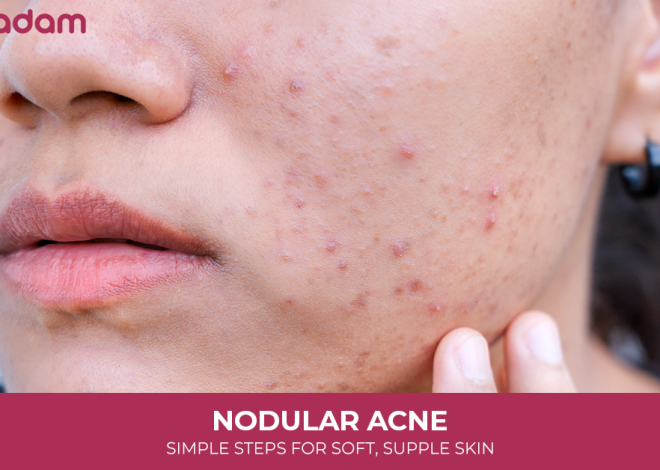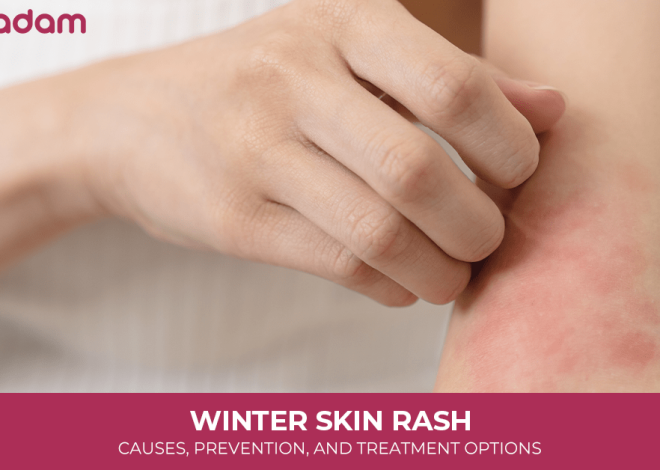
The Ultimate Korean Skin Care Routine for Dry Skin: A Complete 10-Step Guide
If you’ve ever struggled with flakiness, tightness, or dullness, you’re not alone. Dry skin can be frustrating and difficult to manage. The Korean skin care routine for dry skin has gained worldwide recognition for its ability to deeply hydrate and restore skin balance. Unlike quick fixes, this routine focuses on layering lightweight products that penetrate deeply, ensuring your skin remains plump, glowing, and nourished.
In this comprehensive guide, we’ll break down the famous 10-step Korean skin care routine, discuss how teenagers can adapt it, explore simple Korean skin care routine home remedies, and even cover tips for those with combination skin. Whether you’re a beginner or already familiar with Korean beauty rituals, this article will help you create a tailored skincare plan that truly works.
Table of Contents
Why Korean Skin Care Works So Well for Dry Skin

Korean beauty philosophy is rooted in prevention, hydration, and consistency. Instead of relying on heavy creams that sit on top of the skin, the focus is on building layers of hydration through toners, essences, serums, and masks. For those with dry skin, this method is particularly effective because it addresses the problem at its core—replenishing and locking in moisture.
Additionally, K-beauty products are often infused with natural ingredients like snail mucin, ginseng, green tea, and rice extract—all known for their soothing and nourishing properties.
The 10 Step Korean Skin Care Routine
Let’s break down the 10 step Korean skin care routine and highlight why each step is essential for dry skin.
1. Oil Cleanser
The first step involves removing makeup, sunscreen, and impurities with an oil-based cleanser. Even if you don’t wear makeup, oil cleansing is crucial for dissolving dirt and excess sebum without stripping the skin.
2. Water-Based Cleanser
The second cleanse ensures that any remaining residue is removed. Look for a gentle, hydrating cleanser that doesn’t foam excessively, as harsh foaming can further dry out your skin.
3. Exfoliation
Exfoliate 1–2 times a week to remove dead skin cells that can block hydration. For dry skin, opt for chemical exfoliants like lactic acid, which are gentler than physical scrubs.
4. Toner
Unlike Western toners, Korean toners are hydrating. They prep your skin for better absorption of the products that follow. Choose toners with ingredients like hyaluronic acid or rose water.
5. Essence
This is the heart of the Korean routine. Essences are lightweight, watery formulas that provide deep hydration and help repair the skin barrier.
6. Serum/Ampoule
Serums target specific concerns. For dry skin, look for serums with ceramides, peptides, or snail mucin, which restore moisture and elasticity.
7. Sheet Mask
Sheet masks are an instant hydration boost. Use 2–3 times a week to infuse your skin with nourishing ingredients.
8. Eye Cream
The delicate skin around the eyes needs extra care. Choose an eye cream with moisturizing ingredients like peptides and hyaluronic acid.
9. Moisturizer
Seal everything in with a rich, emollient moisturizer. Look for creams containing ceramides, shea butter, or squalane.
10. Sunscreen
The final step, and arguably the most important, is sunscreen. UV rays can cause premature aging and worsen dryness. Always choose a hydrating sunscreen.
Korean Teenage Skin Care Routine

For teenagers, skincare should be simple yet effective. A full korean teenage skin care routine doesn’t necessarily require all 10 steps. Instead, focus on cleansing, hydrating, and protecting the skin barrier.
- Cleanse: Use a gentle foam cleanser.
- Tone: Apply a lightweight toner to maintain balance.
- Moisturize: Choose a gel-based moisturizer to avoid clogged pores.
- Protect: Sunscreen every morning.
Teenagers can introduce serums or masks only if they have specific skin issues like acne or uneven texture.
Korean Skin Care Routine Home Remedies
Not every solution has to come from a bottle. Many korean skin care routine home remedies are rooted in traditional practices. Here are a few worth trying:
- Rice Water Rinse: After washing rice, save the water and use it as a toner. It brightens and hydrates.
- Green Tea Mist: Brew green tea, cool it down, and store in a spray bottle for a refreshing facial mist.
- Honey Mask: Apply raw honey for 15 minutes to deeply moisturize and calm irritation.
- Aloe Vera Gel: Naturally soothes redness and provides a cooling effect.
These Korean skin care home remedies can be great budget-friendly additions to your routine.
Tips for Building Your Routine
- Consistency is key: It’s better to follow 4–5 steps daily than to inconsistently attempt all 10.
- Listen to your skin: Not everyone needs every step every day.
- Introduce products slowly: Add one new product at a time to avoid irritation.
- Hydrate internally: Drink plenty of water to support your skincare routine.
Common Mistakes to Avoid
- Over-cleansing: Strips natural oils.
- Skipping sunscreen: Undermines the entire routine.
- Using too many actives: Can irritate dry skin further.
- Ignoring seasonal changes: Skin may need heavier creams in winter and lighter formulas in summer.
Conclusion
The Korean skin care routine for dry skin isn’t just about products—it’s about creating a consistent ritual that prioritizes hydration, nourishment, and skin health. Whether you’re following the 10 step Korean skin care method, adapting it as a korean teenage skin care routine, or trying out korean skin care routine home remedies, the key lies in understanding your skin’s unique needs.
Dry skin requires patience and layering of hydration. With the right approach, you can achieve the radiant, glass-like skin that Korean beauty is famous for.
FAQs
1. Is the 10 step Korean skin care routine necessary every day?
No, not all steps are required daily. Exfoliation and masks can be used 2–3 times per week.
2. Can teenagers follow the 10 step routine?
Teenagers don’t need all 10 steps. A simplified routine with cleansing, moisturizing, and sunscreen is sufficient.
3. How long does the Korean skin care routine take?
It usually takes 15–25 minutes, depending on how many steps you include.
4. What ingredients are best for dry skin in K-beauty products?
Look for hyaluronic acid, ceramides, snail mucin, shea butter, and squalane.
5. Are home remedies effective for dry skin?
Yes, remedies like rice water, honey masks, and aloe vera can complement your skincare routine.
6. Should I still use sunscreen if I stay indoors?
Yes, UV rays can penetrate through windows, so daily sunscreen is essential.
7. Can I mix Western and Korean skincare products?
Absolutely. The philosophy matters more than the brand—layer hydration and protect your barrier.
8. How long does it take to see results from the Korean routine?
Most people notice improvements in hydration within 2–4 weeks.
9. Is sheet masking daily safe?
Yes, but for dry skin, 2–3 times a week is often enough to maintain hydration.
10. What’s the biggest mistake to avoid with Korean skincare?
Skipping sunscreen and overloading your skin with too many active ingredients at once
11. What is 10 step Korean Skin Care Routine for Combination Skin?
If you have both oily and dry areas, you’ll need to balance hydration without making the T-zone greasy. The 10 step Korean skin care routine for combination skin is slightly modified:
- Opt for lightweight gel cleansers in the morning.
- Use hydrating toners and essences throughout.
- Apply different moisturizers to different areas—gel for oily zones, cream for dry patches.
- Avoid over-exfoliation, as it can trigger oil production while worsening dryness.



